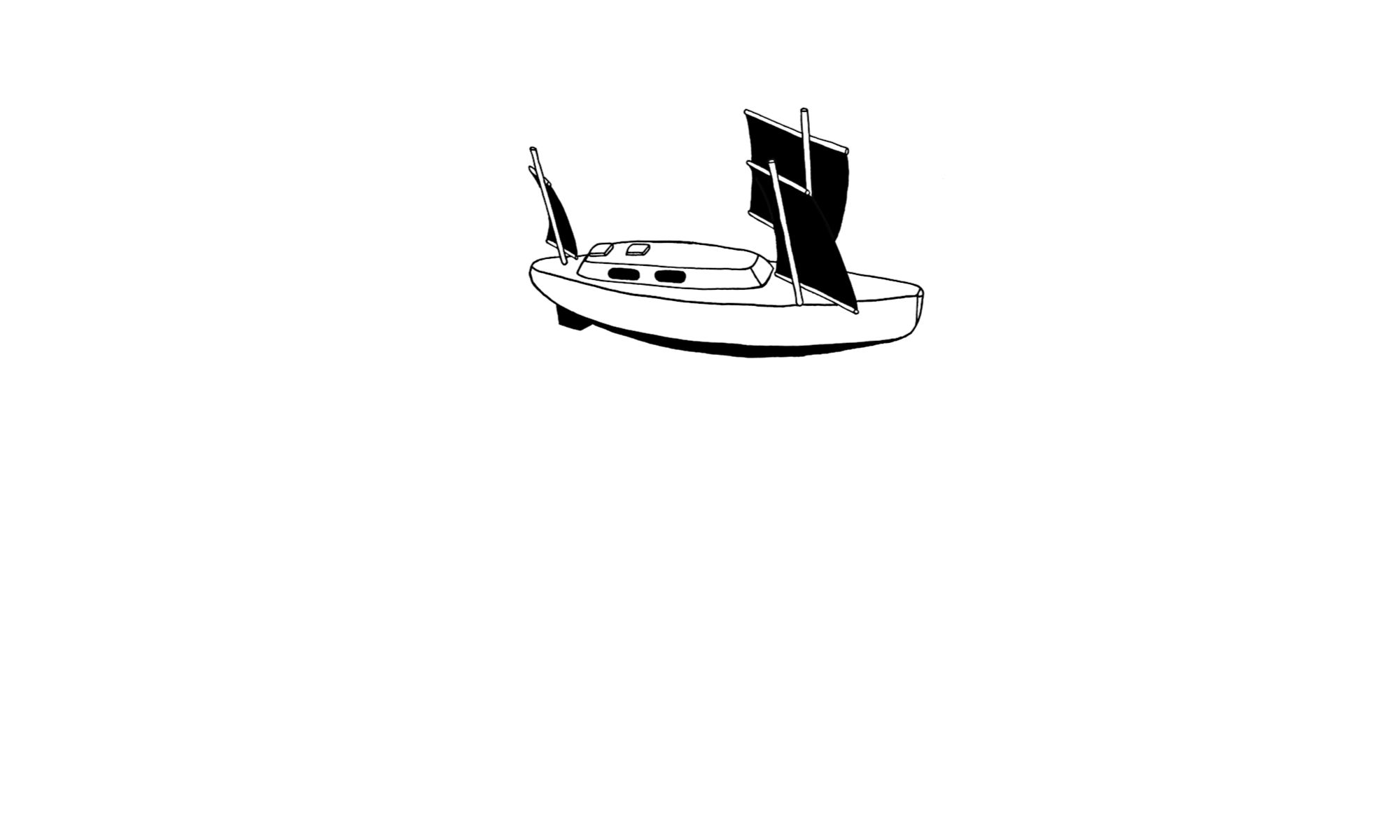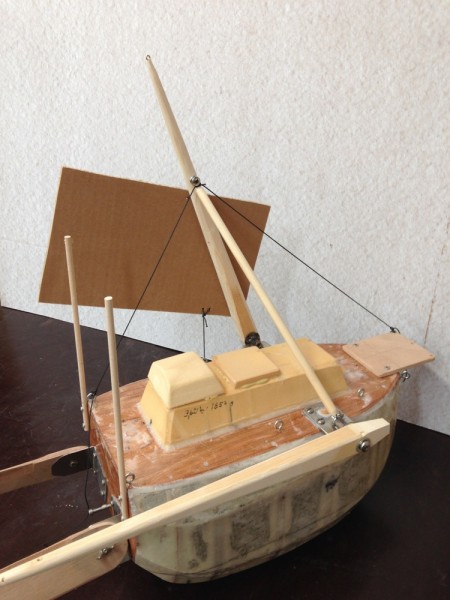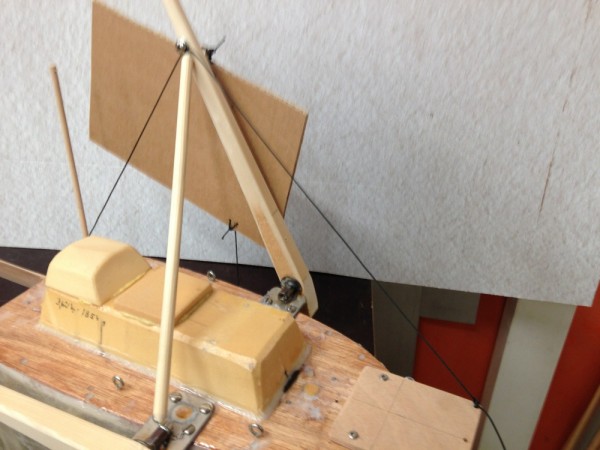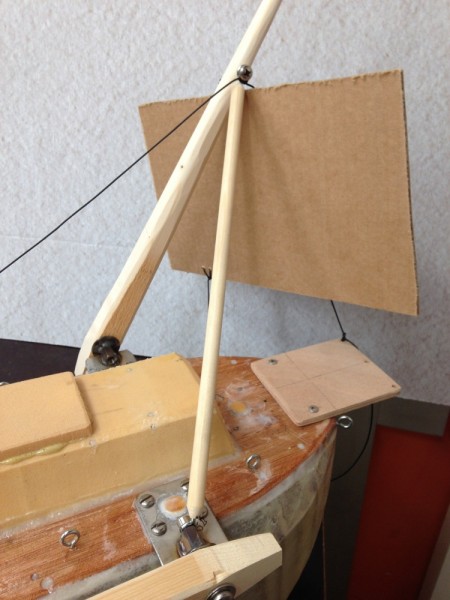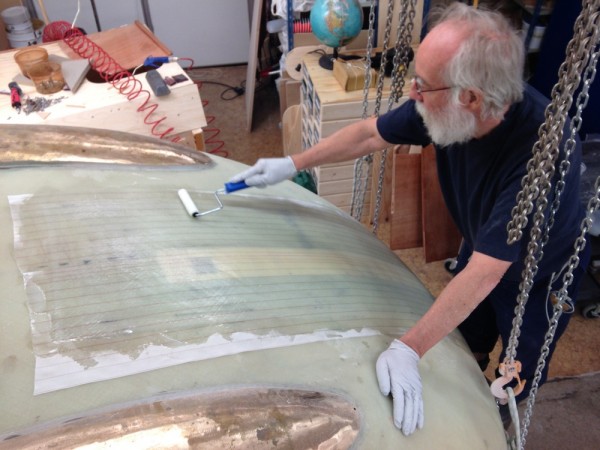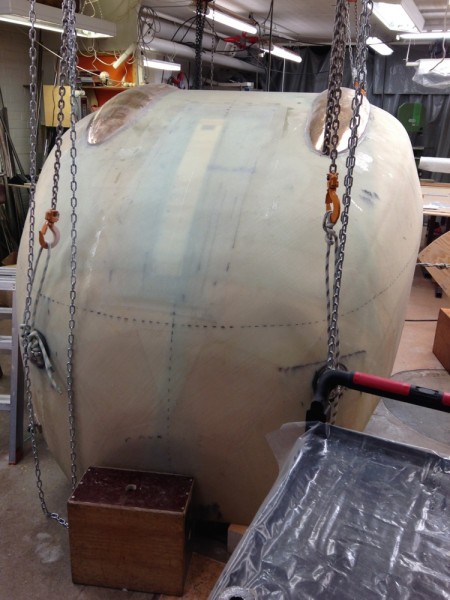Henry Ford said: “If I had asked people what they wanted, they would have said, faster horses.”
First he built cars with people sitting outside. On rainy days that was wet and uncomfortable so he added a cabin with windows. Then came the windscreen wiper. Today windscreen washers supplement them.
Let nature be your guide. Complicate things and you will be successful. Even the simplest cell is more complicated than a boat. The KISS principle is rubbish. The trick is not to make a new construction simple but functional. My guiding principle is utility. Building a nine feet pivoting mast is no rocket science. A 75 year old pensioner can do it with simple tools.
Its complexity is in the beholders eye. Some observers get confused when they see something unconventional. To calm their minds they call it complicated. The same people outfit their boats with outboard engines, electronic steering systems, water makers and induction cookers. They are so blinded by these mass produced products they do not realize that they are much more complicated than my homemade mast.
Optimizing each subsystem independently will not lead to a good boat. Of course, non-pivoting masts would be simpler, but then the whole system, the boat, would be more complicated. I would have less trim options. With the planned rig it will be very easy to change from lee helm to weather helm. Hopefully the result is that my boat will steer herself without electronic steering systems or wind vane self-steering gear.
I do not think that I ever will convince conservative sailors of the beauty of my rig. They suffer the same mental blocks that Max Planck observed a hundred years ago. Resigned he remarked: A new scientific truth does not triumph by convincing its opponents and making them see the light, but rather because its opponents eventually die, and a new generation grows up that is familiar with it. Still, I wish my critics a long healthy life.
http://www.boatdesign.net/forums/all-things-boats-and-boating/yrvind-39341-27.html
#405
Sharpii2 have pointed out that when the masts are not vertical they are acting like a crane boom -true. I like to thank him for that comment. I welcome critics because I often make mistakes and forget details that can have dire consequences. It was a good observation.
However I do not worry and it is for two reasons. One, I do not agree, I do not think that it will put a lot of bending stress on the mast and tremendous stress on the pivoting axle and the locking pin. After all, Yrvind Tens masts are not longer than an oar. Small boats do not attract big forces because of the square cube law. Sure, things break even on small boats but that’s mostly a question of dimensioning and can easily be fixed.
The second reason is that when the wind becomes strong I am going to reduce the forces on the mast and support her.
I reef the sail. That brings the yard down to a position six feet above the fulcrum. At that point on the mast there is a fitting to which I tie it with a string. Next I slack the halyard, releasing the compression. At that moment the bowstring effect is no more. True, the wind force is still acting strongly on the reefed sail. However its leverage is now only six feet.
To break things you need leverage. Take a match, say 4 cm long and break it, no problem. Break it again, OK. Now its only 1 cm long and it starts to get hard because you do not get a grip. You have no leverage. Most catastrophic scenarios come from big boats disasters. Small boats are different. They are more resilient. Other laws apply.
Still I am a man of the belt and suspenders approach. When the wind gets stronger and the seas start to break I snug things down and beef them up. I will then support the mast with an eight feet long spar. I will attach one end to the mast at the height of the yard, six feet up. The lower end will be fastened near the root of the other mast on the axis of the fulcrums. With that geometry the mast and spar can be rotated for and aft as a unit. Thus the mast is always supported athwartships. Fore and aft support comes from ropes.
If this sounds complicated and confusing I assure you, it is less difficult than setting a spinnaker pole.
Below is a pictures of the 1/8 scale model with this arrangement. Click once or twice to enlarge.
Above mast in aft position, weather helm
Above mast in aft position, weather helm
Above mast forward position, lee helm.
laminating the centerboard slot.
Done.
To be continued…
Regards Yrvind.
